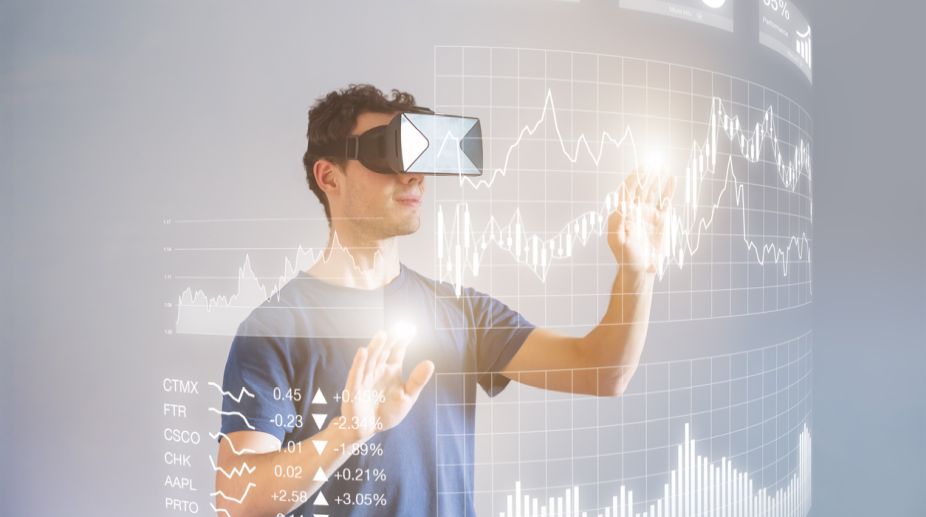As tech tycoons Mark Zuckerberg and Elon Musk debate the effects of Artificial Intelligence (AI) on human civilisation, it is fair to say that education systems and classrooms will look dramatically different from when you and I stressfully wrote our exams on wooden benches. India, which is a very slow adopter of change in Educational Technology (EdTech), may see the changes long after they have been implemented and tried out in western developed countries.
You know that horizon is a little distant when our ministers opine that driverless cars in India are not a good idea as they will take away jobs, while the world is rapidly moving towards it. The rest of the world must clearly have a surplus of jobs that their governments don’t mind losing then? There was a time in the 1980’s when protests erupted for introducing computers in SBI’s as it was feared that computers will take away human jobs.
Advertisement
Today, this sounds ludicrous. There will be a time in the not so distant future that we will be discussing the ludicrousness of the driverless car eating jobs hypothesis. Till then, let us take a peek into what educational spaces are likely to look like in the years to come. The two big developments that will transform learning spaces are Virtual Reality (VR) and Artificial Intelligence (AI).
VR has already found its way into classrooms and learning spaces, with early tech adopting schools in the west having students strapping on VR headsets for parts of their class. For the uninitiated, the VR headset is a device you wear around your eyes and forehead, and taking a look around, you are taken into a virtual world of whatever the lesson intends to teach. This is groundbreaking and a student can be taken back 160 years to Barrackpore, to the scene of the Mangal Pandey regiment, while studying about the Indian uprising of 1857 in his history lesson.
The student could later go into ISRO’s launch pad, put on his astronaut gear, launch into orbit and then walk around and study the lunar terrain, all while not having left the (dis) comforts of his science lab stool. The possibilities of VR are limited only by content creator’s imagination, and perhaps, their budgets; which is where the drawbacks lie. As of today, they are a little heavy and not comfortable to wear for more than a few minutes. There is no proper solution for bespectacled folk. The content available today is very limited to utilise it as a widespread learning tool.
Furthermore, these devices are rather expensive, which takes it out of reach for most educational institutions. The next big development is the advent of AI for learning spaces. This is still a little further away, with a few schools running pilot studies, testing and trying out how to derive its functionality and usefulness in aiding learning processes and enhancing learning outcomes. AI in education can come in many forms, the most common of which is a cute and friendly robot that not only befriends the child, but also understands their likes and dislikes, their learning patterns, and can talk to, or teach the child on the topic fed in by the teacher.
It can then offer multiple choice quizzes on that topic, analyse the answers and inform the teacher the conceptual strengths and weaknesses. It is still in a nascent stage, and a lot more development is required. However, we live in exponential times where technological advancements are happening faster than ever before, so it is just a matter of time before AI makes bigger and more useful inroads into teaching-learning processes.
While 21st-century learning environments are bound to be transformed in the years to come, the one thing that will not change is the value of the human relationship in the learning process. Technology is only there to supplement pedagogy as an enabler, but the driver of learning processes will remain the human teacher.
(Chairman, Podar World School)











